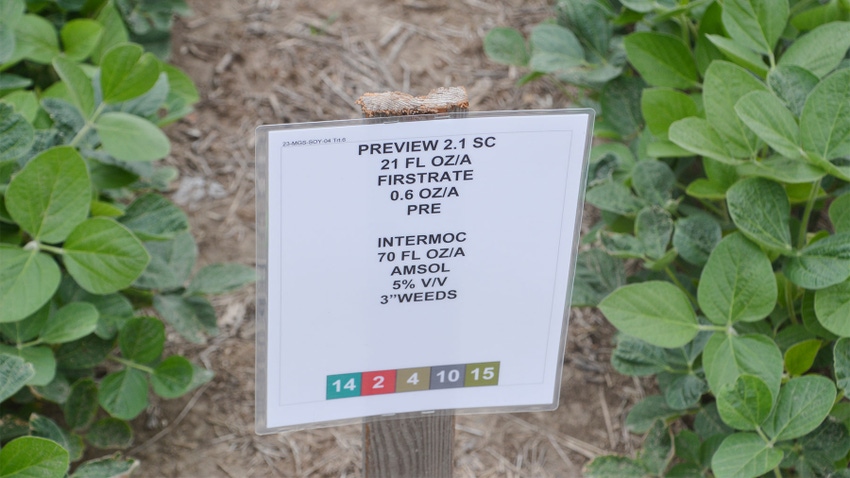
Doing the same thing every time and expecting the same result works in most things, but not with weeds. Spray them with the same modes of action too many years in a row, and you won’t get the same result. Instead, you will wind up with a mess of resistant weeds.
Purdue weed science professor Bill Johnson and graduate students proved this concept in a seven-year study, from 2013 through 2019. “We set up the test when Enlist containing 2,4-D for Enlist-tolerant crops came on the scene,” Johnson explains. “Our goal was to see if weed populations shifted over time if exposed to similar modes of action.”
Four herbicide strategies were compared on both corn and soybeans. The 2,4-D-reliant strategy was heavy on Enlist, with three modes of action. The diversified 2,4-D scenario used seven modes of action; the diversified glyphosate strategy included six, and the fully diversified program had eight. Weed density, sorted by dicots and monocots and characterized for diversity of species, was evaluated each time.
Too few modes, too many weeds
“After seven years, the number of weeds and number of different weed species were significantly higher for the strategy relying most heavily on 2,4-D,” Johnson says. “It became obvious over time. There were some minor differences between other systems, but all three led to far less weed shifts than the strategy with only three modes of action.”
Looking back on results, Johnson adds: “Enlist is wonderful technology. So were Roundup Ready, LibertyLink and several other technologies. Those included sethoxydim-resistant, or SR, corn and sulfonylurea resistant, or STS, soybeans. But we will break Enlist if we treat it like we did those traits.”
When you go with too few modes of action, it’s easy to predict which weeds will become problems, he says. If the Enlist herbicide system is overused, grasses become more abundant, partly because 2,4-D antagonizes grass control with glyphosate and other postemergence grass herbicides.
On the broadleaf side, marestail, waterhemp and Palmer amaranth evolve resistance quickly. Johnson notes that 2,4-D is marginal on controlling those weeds anyway, and they have developed resistance to every other herbicide used to control them.
Slowing down weed shifts
Here are four strategies to use to delay these weed shifts:
1. Use diversity in herbicides and weed control practices. Don’t apply the same lineup of herbicides every time the same crop is in a specific field. Read labels to make sure you aren’t applying the same active ingredients, even if the product name is different.
2. Apply multiple sites of action both pre- and postemergence. Use as many different modes of action against the toughest weeds as you can. When you rotate crops, try to rotate to different modes of action.
3. Use full labeled rates of herbicides. This is critical for controlling the toughest weeds. You may also want to add more of an active ingredient that is tough on target weeds, up to the maximum rate allowed by the label.
4. Rotate tillage, crop mix and cover crops. Maybe every third crop year should include wheat or some other crop that does not require the same herbicides that you apply for corn and soybeans.
About the Author(s)
You May Also Like




